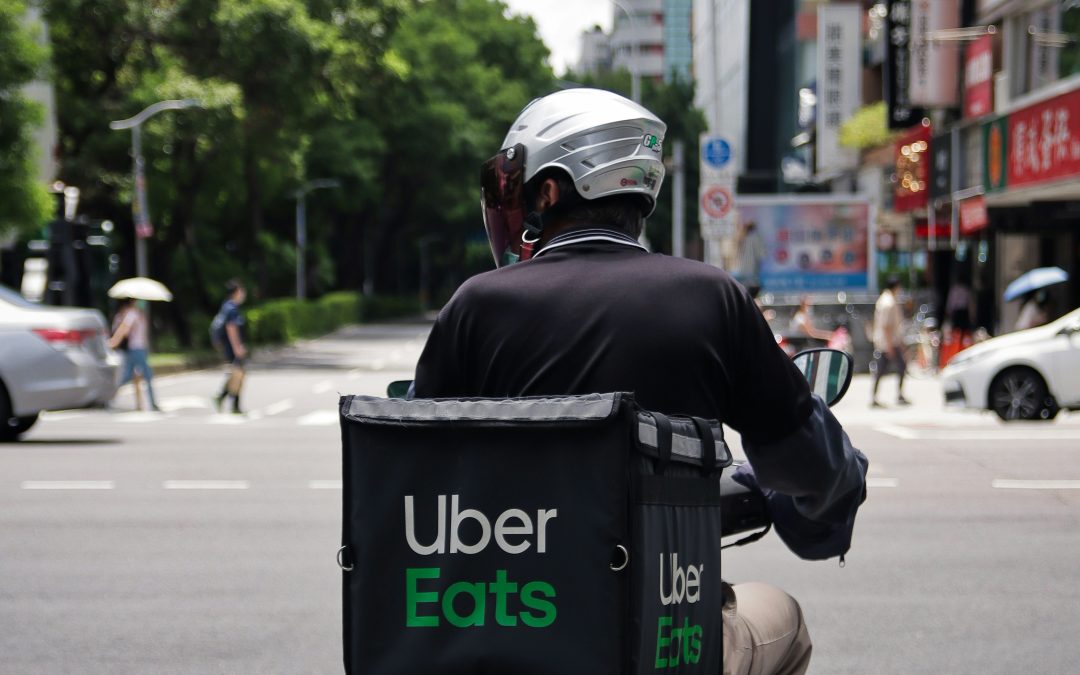Contributing editor, Peter Backman is a long-term foodservice sector guru and founder of theDelivery.World, a platform that connects the delivery sector and makes sense of the myriad changes and challenges that affect the sector across the globe.
The global restaurant delivery industry is poised for significant consolidation, plus merger and acquisition (M&A) activity. As the sector matures, major players like DoorDash, Uber Eats, and Meituan are looking to strengthen their positions through strategic acquisitions and partnerships.
Several factors are driving this trend. The pursuit of economies of scale is a powerful motivator, allowing companies to streamline operations and gain stronger negotiating positions. DoorDash’s acquisition of Wolt in 2022 exemplifies this, enabling rapid expansion in Europe and leveraging shared technology.
However, obstacles remain. Regulatory scrutiny is a significant concern, as evidenced by the failure of Uber’s attempt to acquire Grubhub in 2020 due to antitrust issues. Merging corporate cultures and integrating technologies also pose challenges, as seen in Just Eat Takeaway’s ongoing integration efforts following its eventual merger with Grubhub.
The current landscape shows a variety of global strategies by delivery platforms. Meituan leads in China, DoorDash dominates the US market, and Uber Eats has a strong international presence. Delivery Hero operates multiple brands across regions, including PedidosYa, in South America, Foodpanda in Asia and Glovo in Europe and Africa. Regional players like iFood in Brazil and Swiggy in India maintain strong positions in their home markets.
Looking ahead, several consolidation outcomes are possible. One scenario involves the emergence of a few dominant global players. This could see companies like DoorDash or Uber Eats acquiring smaller regional operators to expand their global footprint. Alternatively, market fragmentation along regional lines might occur, with companies like Delivery Hero further consolidating in the Middle East and Southeast Asia, or Zomato strengthening its position in India.
Cross-industry consolidation is another possibility, as evidenced by Alibaba’s ownership of Ele.me in China and Amazon’s investment in Deliveroo and partnership with Grubhub. These moves showcase the potential for e-commerce giants to reshape the competitive landscape.
The most likely scenario is the formation of six or seven major players competing globally. They would include standalone delivery businesses like DoorDash and Uber Eats, and e-commerce platforms with delivery components such as Grab in Southeast Asia and Rappi in Latin America. Many markets may eventually settle into duopoly structures, similar to Uber Eats and Menulog’s dominance in Australia.
For restaurants, consolidation brings both opportunities and challenges. While they may benefit from the increased reach of global platforms, they could face pressure on commissions in markets dominated by major players.
Successful companies will need clear strategies to navigate this landscape. Establishing sustainable paths to profitability is crucial, as seen in Delivery Hero’s efforts to balance growth with profitability. Differentiating through technology and customer experience is also key, with platforms investing heavily in AI-driven recommendations and route optimization.
Meituan’s experiments with autonomous delivery vehicles in China and Uber Eats’ expansion into grocery and alcohol delivery demonstrate how successful players are innovating beyond traditional boundaries.
The future of restaurant delivery will be shaped by the ability of players to adapt to changing consumer behaviors, expand into adjacent sectors, embrace sustainability, and harness emerging technologies.
As consolidation progresses, the industry will likely see a mix of global and regional champions emerge. While the exact shape of the market remains uncertain, it’s clear that scale, technology, and adaptability will be crucial factors in determining which companies thrive in this evolving landscape. The coming years promise to be a period of significant transformation for the global restaurant delivery industry.


